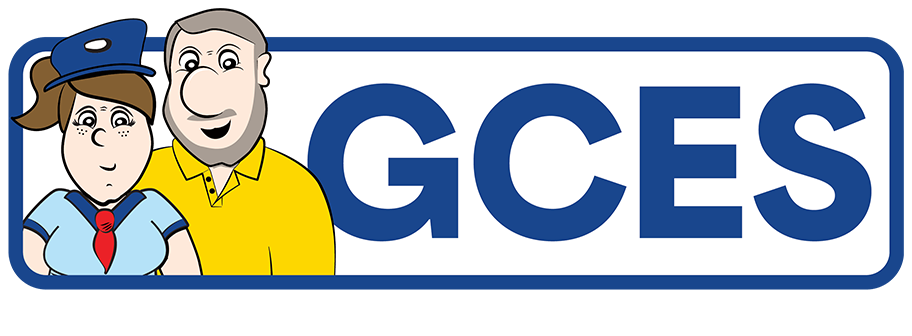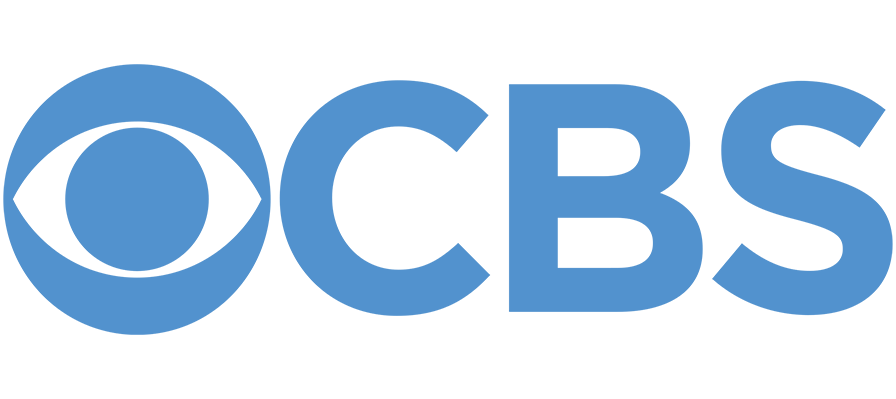Every role in the workplace carries its own set of responsibilities; no matter what that role might be, those responsibilities pile up. The more dynamic and responsible the position, the easier it is to get overwhelmed. For Clinton Smith, however, getting overwhelmed isn’t an option.
Smith is the CEO and owner of GCES, a business that deals with clients’ retirement planning. That’s why they developed a few simple steps to effectively manage their time, keeping their clients happy and achieving a work-life balance. And it starts with creating a good calendar.
“Keeping an organized calendar is an ultimate time saver that helps you keep on track and ensure you are prepared for everything you have coming up,” explains Smith, a big fan of Google Calendar. “When you treat your calendar as your time guide, you can keep your life on track and make sure you don’t miss important upcoming appointments.”
The first rule Smith would advise for keeping a calendar is that what doesn’t get into the calendar doesn’t happen. For business owners, it’s important to remember that they’re in charge of their own time, so it’s okay to turn down some events. It might also be okay to push back other events to make room for something more substantial — using the calendar to map it all out can prevent overbooking.
“Utilizing your calendar for personal purposes makes life much easier, too,” adds Smith. “Make sure you are sharing your calendar with your significant other and inviting them to the calendar events you share.”
Adding locations to calendar events can also be tremendously helpful — appointments that require time in transit are different from appointments that can happen over Zoom. Keeping the event descriptions full of relevant information is also a great way to avoid being overwhelmed later.
“For our agents at GCES that travel over multiple states, we even go a step further in organizing an “ALL DAY EVENT” for days with multiple appointments,” Smith says. “We add the zip codes of appointments to an all-day event. That way, when you look at the calendar, you can see the traveling days of agents and where they are going based on their zip codes.”
Relying on calendars to manage people, tasks, and even meetings might be taking it too far, though — other software is better suited for that. As their to-do lists grew increasingly long and more detailed, Smith and GCES opted to give Trello a go.
“Trello has a free version you can test to see if you like it. That’s what we did to get started,” says Smith. “Eventually, we upgraded to the paid version because we saw the value it added in keeping multiple plates spinning as ongoing projects added up.”
Customizability and ease of use are two of the most critical traits of using Trello. Smith and his team will use the tiles to note details necessary for a specific project. It’s easy to set up, update, and use for reference whenever needed. It can also be helpful to manage one’s priorities.
“With multiple projects going on over a long period of time, it’s essential to be fluid and make sure that you are taking the time to regularly re-prioritize yourself,” says Smith. “As a business owner, it’s necessary to change with the times and keep projects ongoing if you want to continue to grow.”
Putting things on the back burner doesn’t mean that things won’t get done, though — deadlines could change if that’s warranted. As an experienced business leader, Smith warns against setting unrealistic deadlines and putting undue pressure on oneself or team members. Complex projects often involve numerous steps that might depend on external factors.
“Instead of creating and meeting deadlines the way you manage your team, try managing them based on overall productivity,” Smith explains. “At GCES, I believe in allowing team members to prioritize their days and what they do while at work. We may assign a deadline for some projects if it needs one, but we mostly base performance reviews on productivity.”
Team members might send daily recaps of their days, allowing management to keep up and fostering a sense of ownership over time and productivity. Analyzing one’s time can also help team members find room to be more flexible with their tasks.
“We have all had that unpleasant phone call that skews the trajectory of our mindset,” says Smith. “If you want to spend some time getting it out of your system doing something around the office in your list of responsibilities that’s a change of pace, you can do that in our office. It’s a great way to fight workplace fatigue and help keep an engaged team.”
However, it all boils down to keeping an eye on one priority no matter what: client satisfaction. Keeping the team organized is just another way of ensuring the business delivers for the client — which in turn helps the business grow.
“When we grew our business, our number one ally was our clients, who continue to recommend us to their friends and co-workers,” says Smith. “Nothing else on to-do lists of projects to grow your business even happens if your clients aren’t happy and being taken care of as if they’re the top priority.”
– Written in partnership with Shawn Jones









